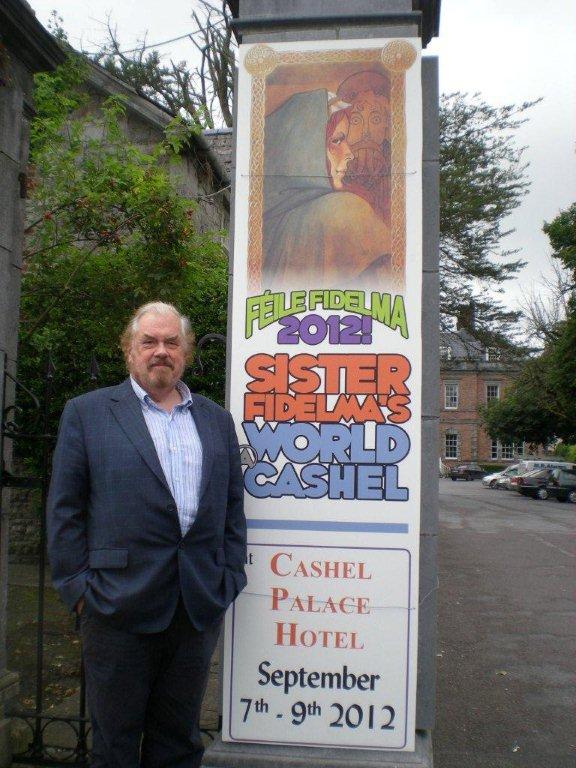
Peter Berresford Ellis, Celtic historian and novelist, author of the international bestselling Sister Fidelma historical mysteries under his pseudonym of Peter Tremayne, became a prominent advocate of Pan-Celticism in the 1960s. He joined the Celtic League in 1966. Born in Coventry, Warwickshire, in 1943, he was the son of an Irish journalist. While his mother's paternal family were an old English one, her mother was of a Breton family. "With Irish, Breton, Welsh and Scots uncles and aunts as well as the English, what else could I do but be interested in the Celts?" he has often quipped.
Leaving College Peter went into journalism, and eventually helped Brendan Mac Lua (1935-2009) launch the Irish Post newspaper in Britain in 1970. Peter was deputy editor. He later became editor of weekly magazine in London before returning to higher education. As well as a first class honours degree in Celtic Studies, a master's degree in the same subject, he was elected a Fellow of the Royal Society of Antiquaries of Ireland, a Fellow of the Royal Historical Society. In 1987 he received an Irish Post Award in recognition of his work.
The same year was inaugurated a Bard of the Cornish Gorsedd mainly for his ground breaking work The Cornish Language and its Literature (Routledge, Kegan Paul, 1974) which was used for many years as a text book for the Cornish Language Board. He took the Bardic name of Gwas-an-Geltyon (Servant of the Celts).